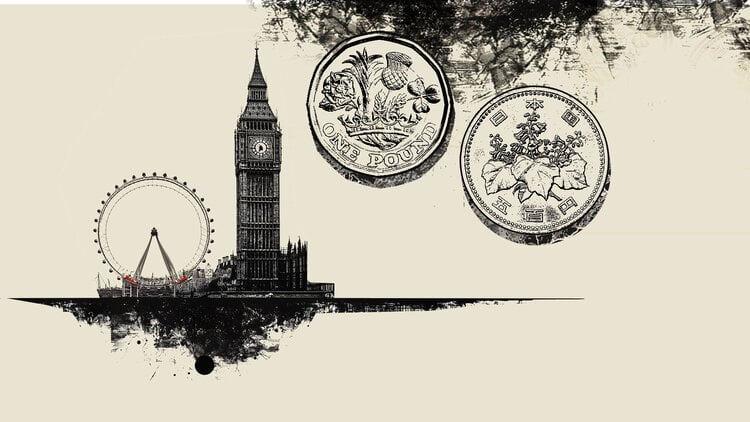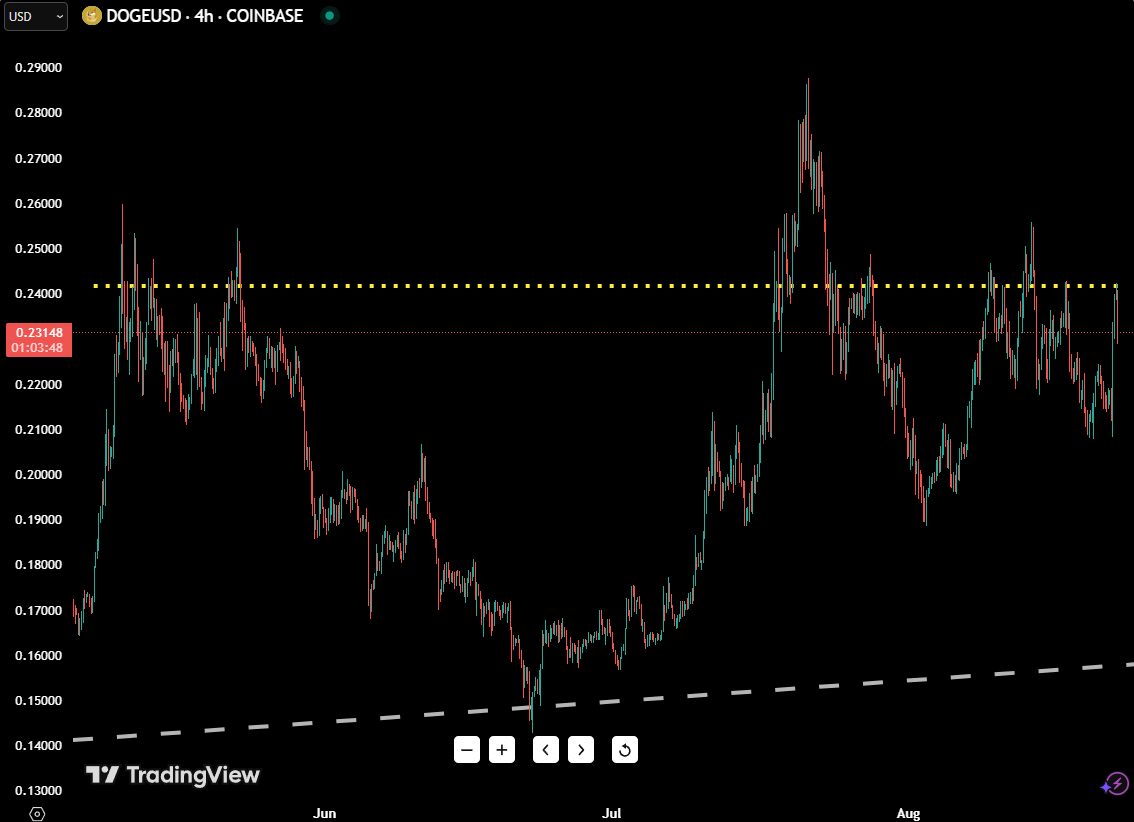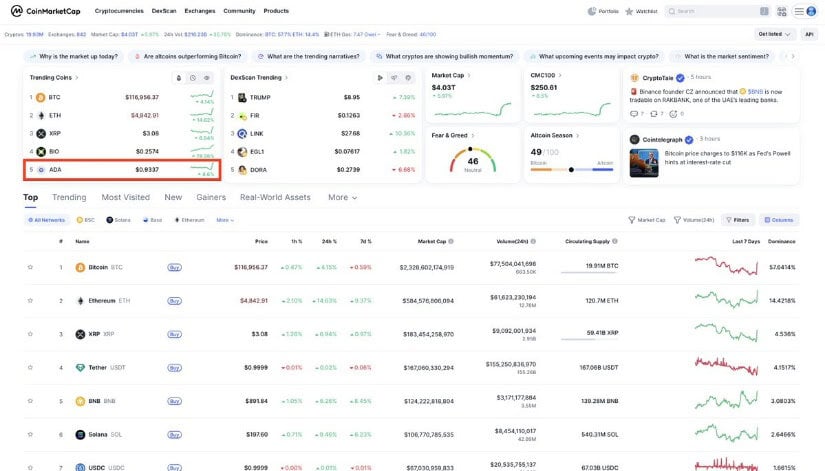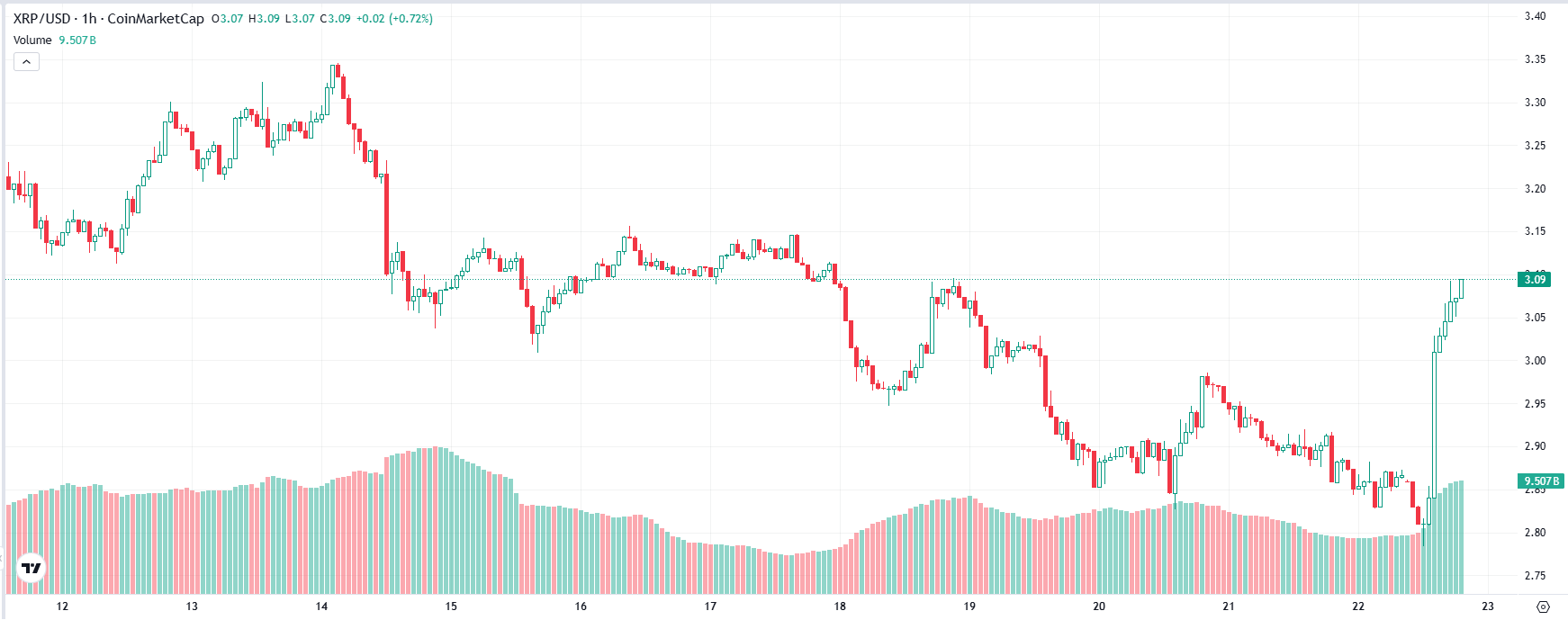Category: Forex News, News
Pound Sterling finds it difficult to build on Thursday gains
- GBP/USD trades slightly below 1.3300 in the European session on Friday.
- The technical outlook points to a lack of buyer interest in the near term.
- The US economic calendar will feature UoM Consumer Sentiment Index data for May.
GBP/USD stays under modest bearish pressure in the European session on Friday and trades below 1.3300 after posting small gains on Thursday. The pair’s near-term technical picture highlights a lack of buyer interest.
British Pound PRICE This week
The table below shows the percentage change of British Pound (GBP) against listed major currencies this week. British Pound was the weakest against the US Dollar.
| USD | EUR | GBP | JPY | CAD | AUD | NZD | CHF | |
|---|---|---|---|---|---|---|---|---|
| USD | 0.46% | 0.13% | -0.51% | 0.43% | -0.09% | 0.36% | 0.30% | |
| EUR | -0.46% | -0.20% | -0.41% | 0.46% | 0.07% | 0.39% | 0.32% | |
| GBP | -0.13% | 0.20% | -0.04% | 0.66% | 0.29% | 0.52% | 0.52% | |
| JPY | 0.51% | 0.41% | 0.04% | 0.93% | -0.21% | 0.01% | 0.57% | |
| CAD | -0.43% | -0.46% | -0.66% | -0.93% | -0.26% | -0.06% | -0.14% | |
| AUD | 0.09% | -0.07% | -0.29% | 0.21% | 0.26% | 0.21% | 0.21% | |
| NZD | -0.36% | -0.39% | -0.52% | -0.01% | 0.06% | -0.21% | -0.10% | |
| CHF | -0.30% | -0.32% | -0.52% | -0.57% | 0.14% | -0.21% | 0.10% |
The heat map shows percentage changes of major currencies against each other. The base currency is picked from the left column, while the quote currency is picked from the top row. For example, if you pick the British Pound from the left column and move along the horizontal line to the US Dollar, the percentage change displayed in the box will represent GBP (base)/USD (quote).
The US Dollar (USD) struggled to find demand after mixed macroeconomic data releases on Thursday and helped GBP/USD stays in positive territory in the second half of the day.
The data published by the US Bureau of Labor Statistics showed that the annual producer inflation, as measured by the change in the Producer Price Index, declined to 2.4% in April from 2.7% in March. Meanwhile, Retail Sales increased 0.1% on a monthly basis in April, and US Department of Labor Reported that there were 229,000 weekly Initial Jobless Claims, matching the previous week’s reading and the market expectation.
The University of Michigan will release the Consumer Sentiment Index data for May later in the day. The one-year Consumer Inflation Expectation component of the survey rose for five consecutive months and reached 6.5% in April, compared to 2.6% in November 2024. In case there is a noticeable decline in this data, the immediate reaction could hurt the USD and open the door for a rebound in GBP/USD. On the flip side, another increase could boost the USD, causing the pair to stretch lower heading into the weekend.
GBP/USD Technical Analysis
The Relative Strength Index (RSI) indicator on the 4-hour chart declines toward 50, reflecting buyers’ hesitancy.
On the upside, the first resistance level is located at 1.3300 (100-period Simple Moving Average (SMA) on the 4-hour chart, 20-day SMA) before 1.3400 (static level) and 1.3450 (end-point of the latest uptrend).
Looking south, supports could be located at 1.3260 (Fibonacci 23.6% retracement) of the latest uptrend, 1.3200 (static level, 200-period SMA) and 1.3160 (Fibonacci 38.2% retracement).
Pound Sterling FAQs
The Pound Sterling (GBP) is the oldest currency in the world (886 AD) and the official currency of the United Kingdom. It is the fourth most traded unit for foreign exchange (FX) in the world, accounting for 12% of all transactions, averaging $630 billion a day, according to 2022 data.
Its key trading pairs are GBP/USD, also known as ‘Cable’, which accounts for 11% of FX, GBP/JPY, or the ‘Dragon’ as it is known by traders (3%), and EUR/GBP (2%). The Pound Sterling is issued by the Bank of England (BoE).
The single most important factor influencing the value of the Pound Sterling is monetary policy decided by the Bank of England. The BoE bases its decisions on whether it has achieved its primary goal of “price stability” – a steady inflation rate of around 2%. Its primary tool for achieving this is the adjustment of interest rates.
When inflation is too high, the BoE will try to rein it in by raising interest rates, making it more expensive for people and businesses to access credit. This is generally positive for GBP, as higher interest rates make the UK a more attractive place for global investors to park their money.
When inflation falls too low it is a sign economic growth is slowing. In this scenario, the BoE will consider lowering interest rates to cheapen credit so businesses will borrow more to invest in growth-generating projects.
Data releases gauge the health of the economy and can impact the value of the Pound Sterling. Indicators such as GDP, Manufacturing and Services PMIs, and employment can all influence the direction of the GBP.
A strong economy is good for Sterling. Not only does it attract more foreign investment but it may encourage the BoE to put up interest rates, which will directly strengthen GBP. Otherwise, if economic data is weak, the Pound Sterling is likely to fall.
Another significant data release for the Pound Sterling is the Trade Balance. This indicator measures the difference between what a country earns from its exports and what it spends on imports over a given period.
If a country produces highly sought-after exports, its currency will benefit purely from the extra demand created from foreign buyers seeking to purchase these goods. Therefore, a positive net Trade Balance strengthens a currency and vice versa for a negative balance.
Written by : Editorial team of BIPNs
Main team of content of bipns.com. Any type of content should be approved by us.
Share this article:











